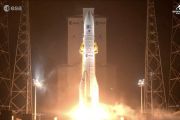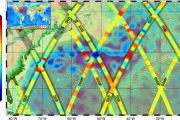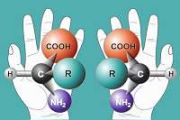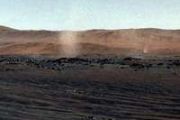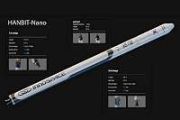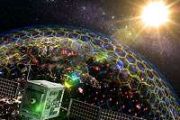
Copernical Team
Satellite discovered by NASA's Lucy mission gets name
 The satellite discovered during the first asteroid encounter of NASA's Lucy mission has an official name. On Nov. 27, 2023, the International Astronomical Union approved the name "Selam", which means "peace" in the Ethiopian language Amharic, for Dinkinesh's moon.
"Dinkinesh is the Ethiopian name for the fossil nicknamed 'Lucy,'", says Raphael Marshall of the Observatoire de la Cote d'Azur
The satellite discovered during the first asteroid encounter of NASA's Lucy mission has an official name. On Nov. 27, 2023, the International Astronomical Union approved the name "Selam", which means "peace" in the Ethiopian language Amharic, for Dinkinesh's moon.
"Dinkinesh is the Ethiopian name for the fossil nicknamed 'Lucy,'", says Raphael Marshall of the Observatoire de la Cote d'Azur Was There Life on Mars
 Astrobiology is the study of the origin, evolution, and distribution of life in the Universe, and searching for life on Mars is a major goal of the Mars 2020 mission. While humans have long wondered whether there are others like us, it's only been a few decades since we've developed the technologies to search for life beyond Earth in earnest.
With space-based telescopes like James Webb, as
Astrobiology is the study of the origin, evolution, and distribution of life in the Universe, and searching for life on Mars is a major goal of the Mars 2020 mission. While humans have long wondered whether there are others like us, it's only been a few decades since we've developed the technologies to search for life beyond Earth in earnest.
With space-based telescopes like James Webb, as After 50 years, US to return to Moon on January 25
 More than 50 years after the last Apollo mission, the United States will try once again to land a craft on the Moon on January 25, said the head of what could be the first private company to successfully touch down on the lunar surface.
The lander, named Peregrine, will have no one on board. It was developed by American company Astrobotic, whose CEO John Thornton said it will carry NASA ins
More than 50 years after the last Apollo mission, the United States will try once again to land a craft on the Moon on January 25, said the head of what could be the first private company to successfully touch down on the lunar surface.
The lander, named Peregrine, will have no one on board. It was developed by American company Astrobotic, whose CEO John Thornton said it will carry NASA ins Space Team Europe for Euclid: Guadalupe Cañas Herrera
 Video:
00:03:39
Video:
00:03:39
Focus on Euclid with Guadalupe Cañas Herrera: “I’m exactly where I’ve always wanted to be.”
Guadalupe Cañas Herrera, an ESA Internal Research Fellow currently working for ESA’s Euclid mission at ESTEC, the Netherlands, describes in this interview her personal and professional trajectory.
Passionate about space since her early childhood, she has spent endless nights looking at the stars. Now, this theoretical physicist develops her activities within the Euclid Scientific Consortium to establish the quantity of dark matter and dark energy existing in the Universe.
Listen to Guadalupe for a vivid account from a vocational scientist and an ardent defender of
ESA’s Cheops helps unlock rare six-planet system
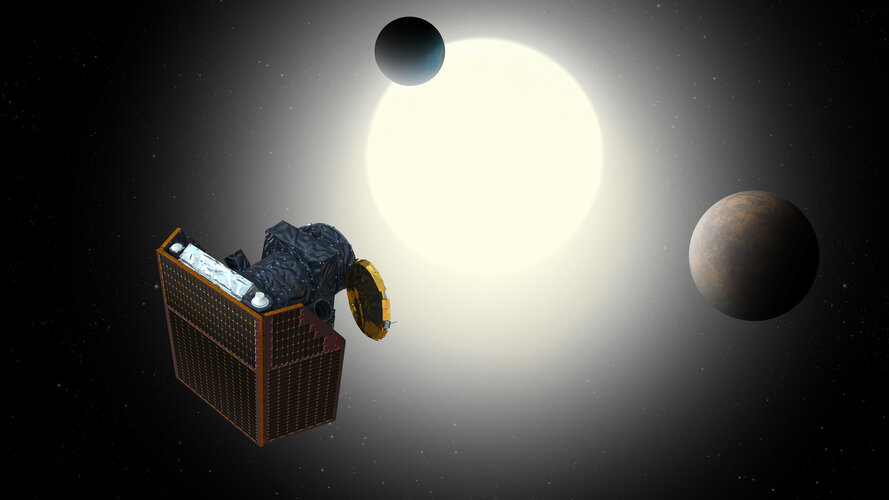
Ariane 6 hot-fire timelapse
 Video:
00:02:16
Video:
00:02:16
Scenes from the combined hot-fire test held for Ariane 6 on 23 November 2023. Teams on the ground went through a complete launch countdown followed by a seven-minute full firing of the core stage’s engine, as it would fire on a launch into space.
This video shows the Ariane 6 mobile building opening its doors, the building rolling away to leave the Ariane 6 test model on the launch pad and the seven minutes of firing.
On the launch pad in Kourou, French Guiana, the Ariane 6 test model fired of its Vulcain 2.1 main stage engine for seven
How will EarthCARE shed light on clouds?
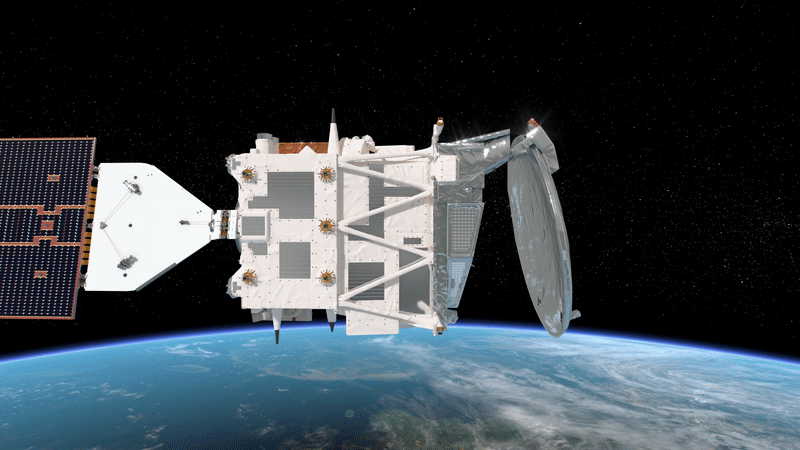
In around six months, ESA’s Earth Cloud Aerosol and Radiation Explorer mission will take to the skies to advance our understanding of the interactions between clouds, aerosols and radiation in Earth’s atmosphere. But how will it do that exactly?
The power of Earth observation
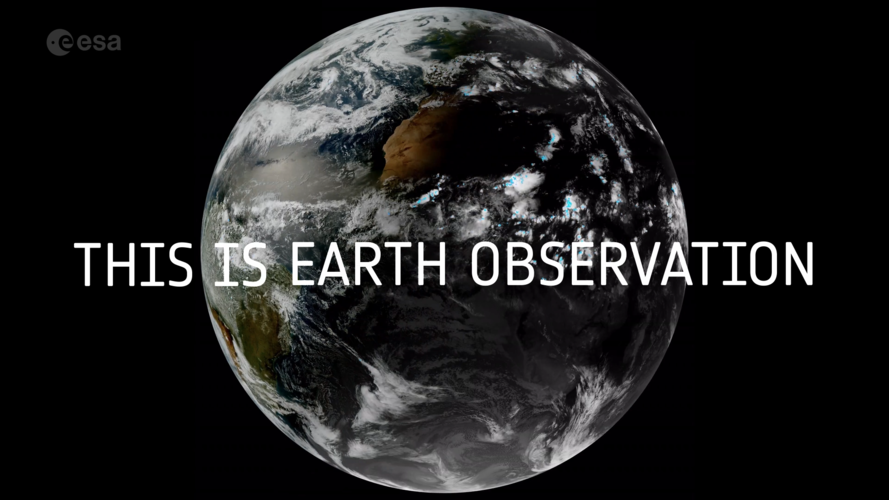 Video:
00:02:07
Video:
00:02:07
We are all intricately interconnected to our Earth – from the trees that provide us with oxygen, to the natural sources that shape our landscape. ESA's Earth observation programme is at the forefront of monitoring our planet's dynamic changes. Using cutting-edge satellite technology, ESA captures invaluable data on Earth's atmosphere, land and oceans. From tracking climate patterns to assessing environmental health, ESA's Earth observation initiatives provide essential insights for scientific research, environmental management and disaster response. By harnessing space technology, ESA contributes significantly to our understanding of Earth – ensuring a sustainable future for generations to come.
Small but mighty companies working on ESA’s planetary defence mission

There are 28 small or medium-sized enterprises (SMEs) working on ESA’s Hera planetary defence mission, which involves about 100 companies in total. These SMEs are building European cutting-edge technologies for the spacecraft, its instruments and two CubeSats.
Biking in space

Andreas Mogensen is taking part in a virtual reality experiment to make exercising on the Space Station bicycle more immersive and exciting.

